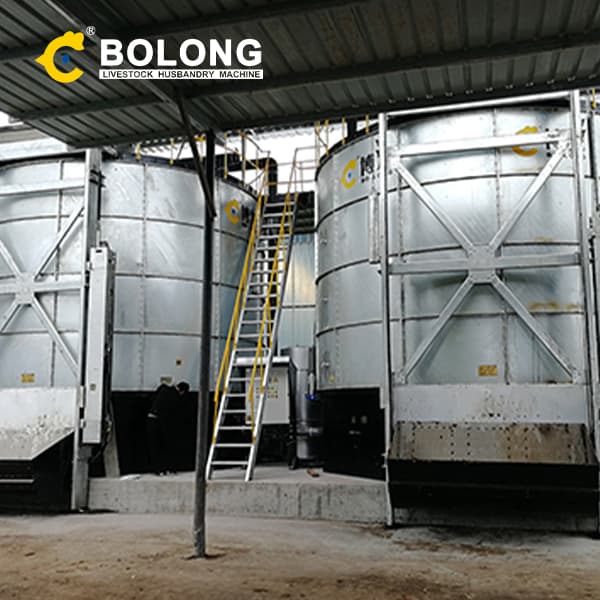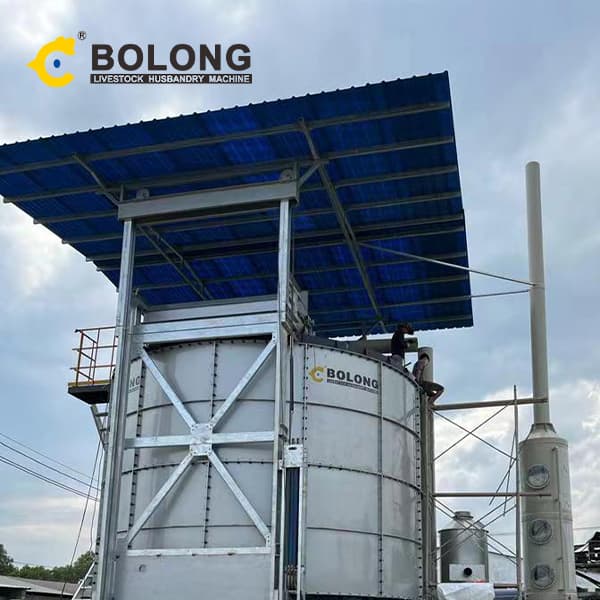
2008/6/15/ · A schematic diagram of the pilot-scale In tank composting plant evaluated in this study is illustrated in Fig. 1. The system had continuous horizontal flows. Wood chips generated from old furniture were mixed with food wastes as bulking agent in a mixing drum. The mixing ratio of bulking agent to food waste was four to three on a wet

2023/12/12/ · Composting requires a certain balance of carbon-rich materials (“browns”), such as dry leaves and untreated wood chips, to nitrogen-rich materials (“greens”), such as food scraps. The ideal ratio is roughly three parts browns to one part greens by volume. (This translates to roughly 30:1 in terms of elemental carbon to

2 天之前 · Composting is the controlled, aerobic (oxygen-required) biological decomposition of organic materials by microorganisms. Organic (carbon-based) materials include grass clippings, leaves, yard and tree trimmings, food scraps, crop residues, animal manure and biosolids. Compost is a dark, crumbly, earthy-smelling, biologically-stable soil

2012/3/16/ · Brand: Aerobin. Model: 400 Composting System. Rating: 4 / 5 . Aerobin compost bin. Likes: Easy to assemble. Comparatively little maintenance required in comparison to other composting systems. Makes good quality compost relatively quickly (depends very much on what materials go into it). Design eliminated the need to turn the

Manned Mars exploration requires recycle of materials to support human life A conceptual design is developed for space agriculture which is driven by the biologically regenerative function Hyper-thermophilic aerobic composting bacterial ecology is the core of materials recycling system to process human metabolic waste and inedible biomass and convert


Aerobin_Composting_English.cdr. l Allow the level of the Compost to rise to at least past the bottom of the lower Lung Cowl and ideally to the top of the Access Door. Either simply makes harvesting the Compost easier. When you are harvesting the Compost from the lower half of the Aerobin only ever use a hand Garden Fork – 3 Finger/Hooked


2020/7/1/ · It is designed to take up less space that 2 or 3 regular compost bins. Constructed of 5 mm thick plastic, the Aeroplus is much more durable than other 3 stage units. The walls include unique "active" aeration system which provides controlled air flow for optimal microbial action. Lid is hinged with turning handle "lock" to keep animals out.

2022/7/18/ · Purpose of Review Organic solid wastes (OSWs) have great potential for resourceful applications. However, individual treatment technologies are difficult to effectively recover their resources. This review aims to describe the development of solid-state anaerobic digestion (SS-AD), digestate aerobic composting, and their hybrid technology

The Aerobin 400 and 200 compost bins feature a unique airflow system that makes creating compost work free, and also harvests nutrient rich liquid from vapors created during the

2024/1/30/ · Components of a state-of-the-art AIVRD composting system. Plug-and-Play Flagship AIVRD composting systems are fully functional systems that require only a scale to weigh the food/organics and the BA/CS and a receiving vessel for the discharged compost. In most areas, an enclosed structure with 208V, three–phase, 60A electrical

2024/1/6/ · Anaerobic composting refers to the decomposition of organic material in an environment devoid of oxygen. In this method, microorganisms that thrive in oxygen-free environments work to decompose materials such as kitchen scraps, plant residue, and animal manure. While aerobic composting requires active aeration, anaerobic composting

2024/1/6/ · Aerobic composting is the break down of organic matter by microorganisms that thrive in the presence of oxygen. These microorganisms, mainly aerobic bacteria and fungi, convert organic waste into stable compost that can be used as a soil amendment. To ensure efficient decomposition, the compost pile must maintain adequate oxygen levels,

2022/10/18/ · In order to evaluate the effect of biochar structure on hydrogen sulfide (H2S) emissions during sludge aerobic composting, corncob biochar, beech biochar, and rice husk biochar were used as exogenous additives, which have different microscopic characteristics. The results showed that biochar reduced H2S emissions mainly by the …